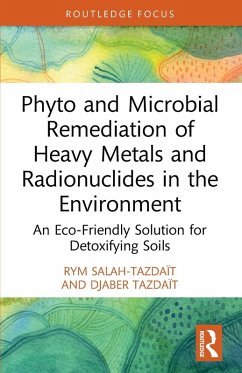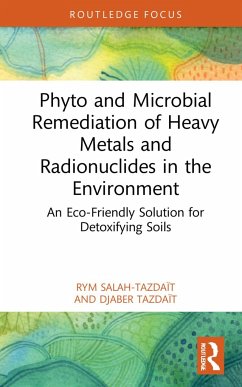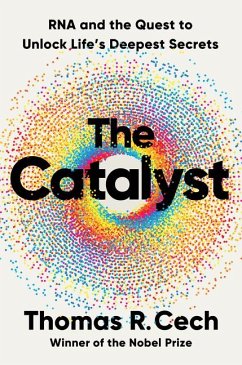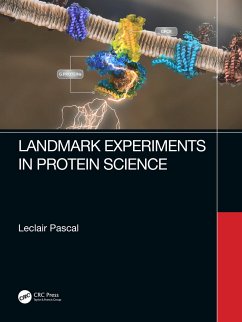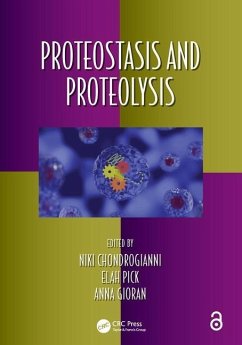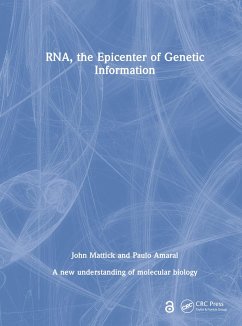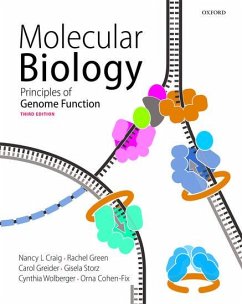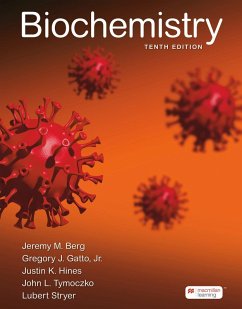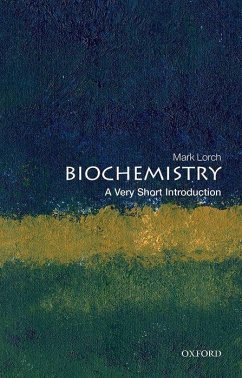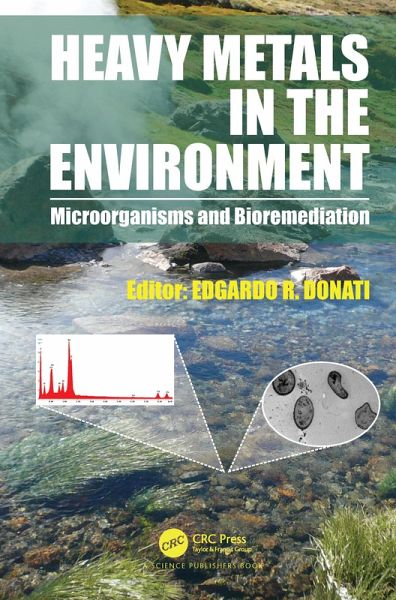
Heavy Metals in the Environment
Microorganisms and Bioremediation
Herausgeber: Donati, Edgardo R.

PAYBACK Punkte
20 °P sammeln!
This book serves as a knowledge bank for graduation students in microbiology, chemistry, and environmental sciences, among others. It focuses on heavy metal in the environment and describes methodologies to immobilize and mobilize heavy metals. It also provides case studies which may be of particular interest to persons in the industry.




